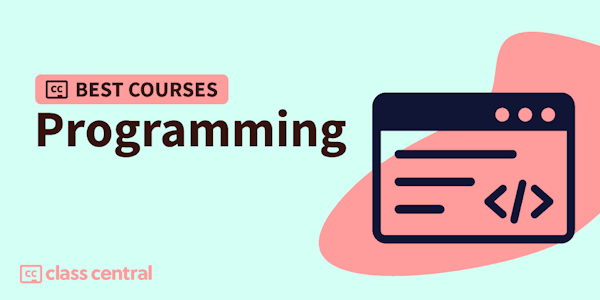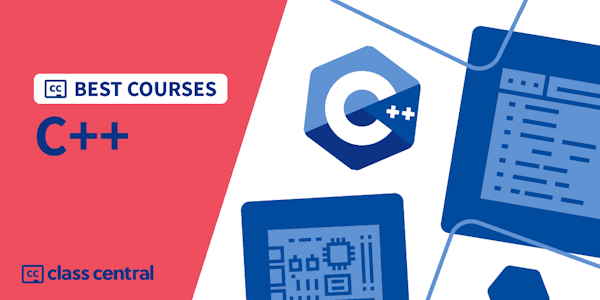Class Central Tips
Course Description
In this course, you learn about Structured Query Language (SQL) and how it can be used in SAS programs to create reports and query your data.
“By the end of this course, a learner will be able to…”
● Query and subset data.
● Summarize and present data.
● Combine tables using joins and set operators.
● Create and modify tables and views.
● Create data-driven macro variables using a query.
● Access DBMS data with SAS/ACCESS technology.








